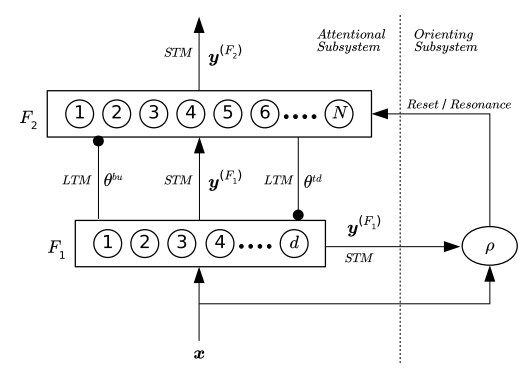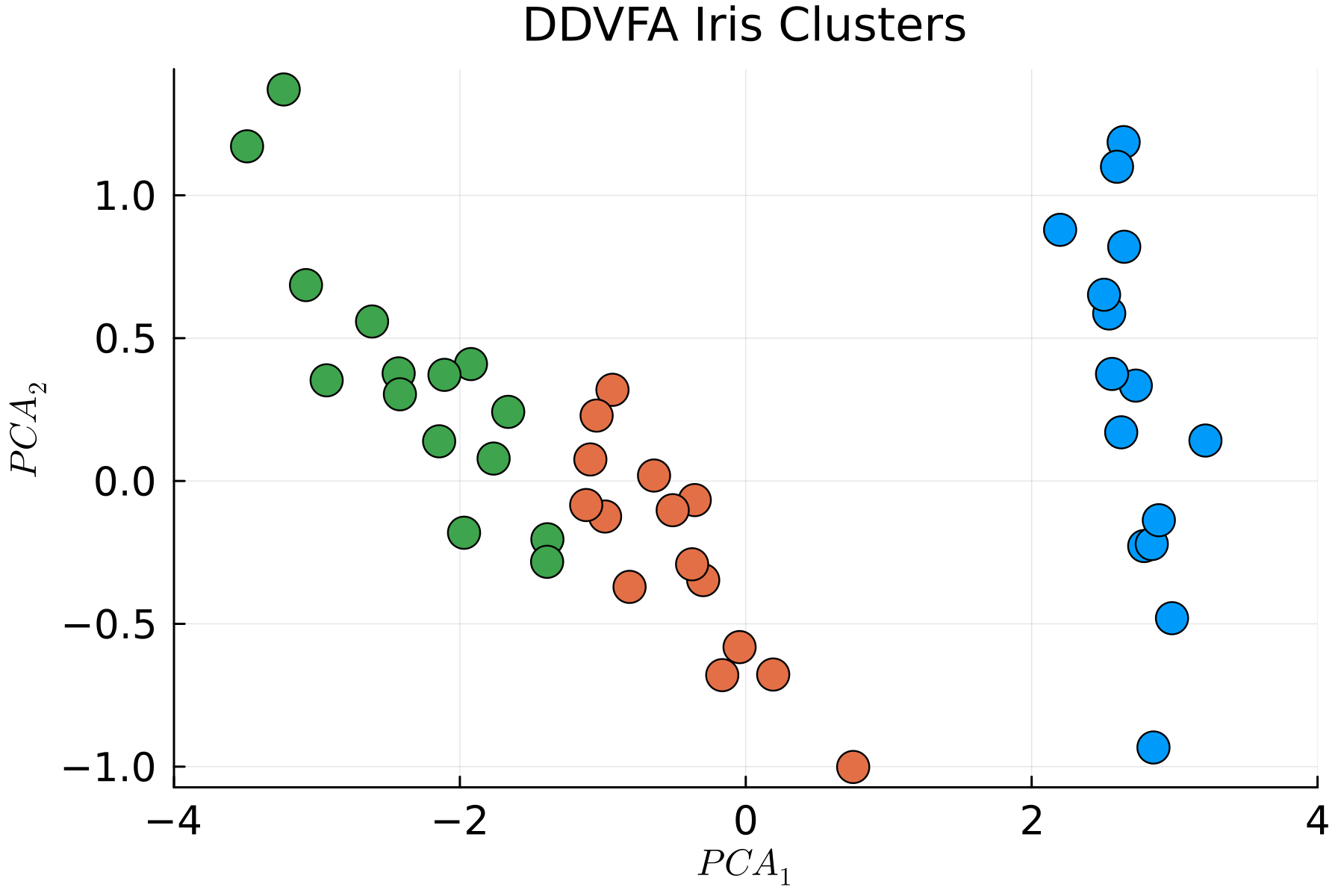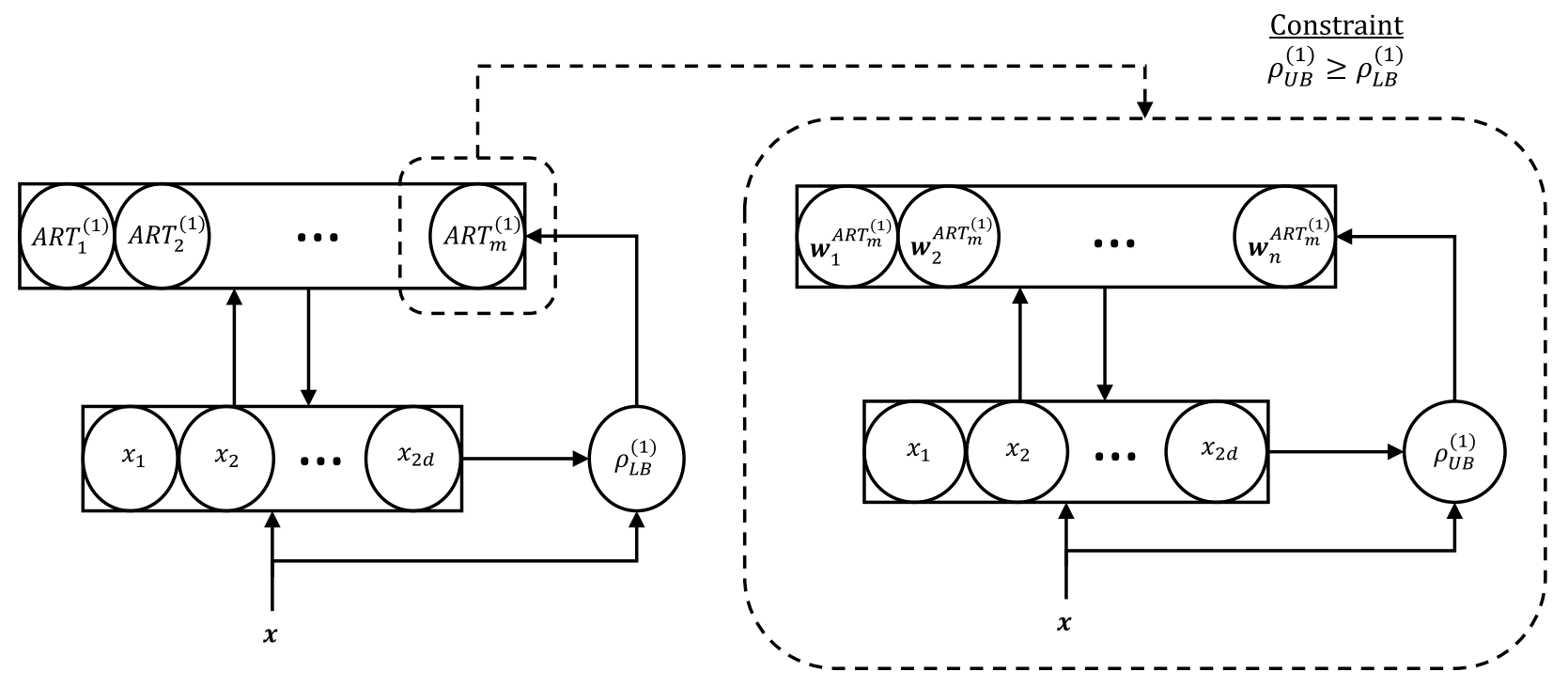Examples
This section contains some examples using the AdaptiveResonance.jl package with topics ranging from how to the internals of package work to practical examples on different datasets.
These examples are separated into the following sections:
- AdaptiveResonance: examples exploring the various components of the package, such as how the options structs work and how to train incremental vs batch modes.
- ART: examples using ART modules in unsupervised and simple supervised modes.
- ARTMAP: examples using ARTMAP modules for supervised learning.
AdaptiveResonance
These examples demonstrate different aspects of usage that are common to all modules in the package, such as incremental vs. batch learning and how to use module options.
This demo illustrates how the data configuration object works for data preprocessing in ART modules that require it.
This demo illustrates how to use incremental training methods vs. batch training for all ART modules.
ART
All ART modules learn in an unsupervised (i.e. clustering) mode by default, but they all can accept labels in the simplified ARTMAP fashion (see the Package Guide).
This demo shows how to use DDVFA for simple supervised learning by clustering Iris samples and mapping the modules internal categories to the true labels.
ARTMAP
ARTMAP modules are supervised by definition, so they require supervised labels in the training stage. These examples demonstrate different use-cases with ARTMAP modules.
This demo shows how to use a Simplified FuzzyARTMAP (SFAM) module to conduct supervised learning on the Iris dataset.





